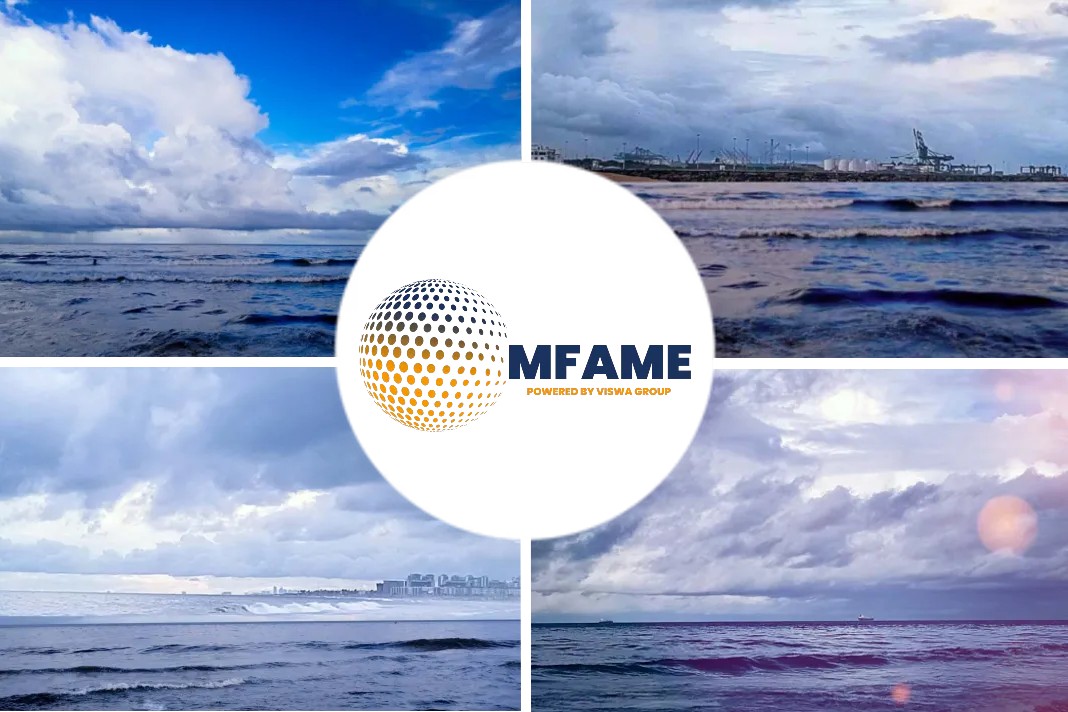- World’s second-largest LNG tanker, to pass through the Panama Canal for the first time, expanding the Americas to Asia trade route for the fast-growing commodity.
- This is the first Q-Flex to transit the Panama Canal after canal expansion.
- ‘Q-Flex’ type tankers can carry up to 50 % more volumes than conventional LNG tankers, and are typically used by Qatargas to export its LNG to Europe or Asia.
- The biggest LNG carriers, known as ‘Q-Max’, Can carry up to 266,000 cubic meters of LNG, but are too large to use the canal.
- Qatar and partner Exxon Mobil Corp earlier this year gave the go-ahead for their jointly-owned U.S. Golden Pass LNG project, to boost demand for such vessels.
- 687 LNG tankers have transited the Panama Canal following an earlier expansion and volumes rose to 11.5 million tonnes last year from just 300,000 tonnes in 2016.
A vessel in the world’s second-largest liquefied natural gas (LNG) tanker class is set to pass through the Panama Canal for the first time, reports Reuters.
The first Q-Flex to transit the canal
The canal’s CEO said that, A ‘Q-Flex’ LNG tanker, the world’s second-largest class of liquefied natural gas carriers, is set to pass through the Panama Canal for the first time, expanding the Americas to Asia trade route for the fast-growing commodity.
The ‘Al Safliyah’, which can carry about 210,000 cubic meters of LNG, is on its way to Panama from the North Pacific after discharging a cargo from Qatar into Korea Gas Corp’s (KOGAS) Tongyeong terminal on April 21, shipping data in Refinitiv Eikon showed.
“This is the first Q-Flex to transit the Panama Canal,” said Jorge Quijano, chief executive of Panama Canal Authority.
Ability of Q-Flex assessed to pass the canal
It comes after the canal was expanded in mid-2018 to handle larger oil and gas tankers.
“This size of vessel could be deployed to carry LNG from the natural gas liquefaction plants in the U.S., Trinidad and Tobago and Peru,” Quijano said.
The vessel’s owner, Qatar Gas Transport Co (Nakilat), said in March that it had assessed the ability of ‘Q-Flex’ class LNG carriers to safely pass the Panama canal’s new locks in the near future.
At 120,000 deadweight tonnes, the ‘Q-Flex’ LNG tanker, is not the biggest ship to have passed through the Panama Canal, which has accommodated container ships of around 140,000 tonnes.
Advantage of Q-Flex type tankers
‘Q-Flex’ type tankers are able to carry up to 50 percent more volumes than conventional LNG tankers, and are typically used by Qatargas to export its LNG to Europe or Asia.
The biggest LNG carriers, known as ‘Q-Max’, are able to carry up to 266,000 cubic meters of LNG, but are too large to use the canal.
U.S. Golden Pass
Qatar has been pushing to use ‘Q-Flex’ to utilize their vessels more efficiently, according to North Asian buyer.
Qatar and partner Exxon Mobil Corp earlier this year gave the go-ahead for their jointly-owned U.S. Golden Pass LNG project, which could boost demand for such vessels when the project starts up in 2024.
687 LNG tankers transited post expansion
“If it can successfully transit Panama even if empty, it could in the future be used for triangulations where it discharges a cargo in Japan or Korea and then from there goes to load a new cargo in the U.S. Gulf,” said Ralph Leszczynski, head of research at ship broker Banchero Costa in Singapore.
Quijano said 687 LNG tankers have transited the Panama Canal since July 2016 following an earlier expansion. Volumes rose to 11.5 million tonnes last year from just 300,000 tonnes in 2016.
“We expect further growth this year of another 22 percent over last year,” he added.
Did you subscribe to our daily newsletter?
It’s Free! Click here to Subscribe!
Source: Reuters






















